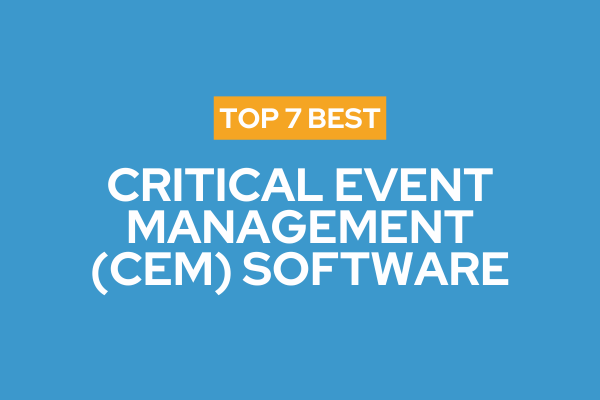
Top 7 Critical Event Management (CEM) Software
Compare the top 7 CEM software platforms for 2025—tools that detect threats, automate alerts, coordinate response, and keep people and operations safe.
Published on November 05, 2025
Last updated on November 27, 2025
Cybersecurity threats continue to evolve at an alarming pace, affecting organisations regardless of size or sector. From phishing campaigns to ransomware attacks, the volume and sophistication of threats have increased substantially. To stay ahead, organisations need more than firewalls and antivirus software — they need platforms that can collect, analyse, and operationalise threat data effectively.
A Threat Intelligence Platform (TIP) enables security teams to centralise intelligence from multiple sources, transform raw data into actionable insights, and automate defensive responses. This empowers organisations to prioritise high-impact threats, reduce alert fatigue, and strengthen their overall cyber resilience.
In this article, we outline what such a platform is, which features you should look for, and the top providers leading the market in 2025.
A Threat Intelligence Platform (TIP) is a specialised cybersecurity tool that aggregates threat data from multiple internal and external sources, analyses it for relevance and credibility, and provides actionable insights for incident response, risk management, and security operations.
TIPs are designed to help security teams manage overwhelming volumes of information, enabling better threat detection, prioritisation, and mitigation of cyber risks. By integrating with existing systems (such as Security Information and Event Management (SIEM) tools, firewalls, and Endpoint Detection and Response (EDR) solutions) TIPs enhance visibility across the entire threat landscape.
In short, TIPs enable organisations to move from reactive to proactive security, supporting faster, data-driven decisions to safeguard assets and operations.
When selecting a Threat Intelligence Platform, focus on capabilities that help transform threat data into actionable intelligence. The right features will support automation, scalability, and ease of integration across your existing cybersecurity stack.
TIPs should collect data from diverse sources, open-source intelligence (OSINT), dark web feeds, commercial providers, and internal telemetry, and normalise it into a consistent format for analysis.
A robust TIP assesses the credibility and severity of threats, helping analysts focus on the most relevant or dangerous indicators of compromise (IOCs).
Automation capabilities enable the platform to trigger predefined actions, such as blocking malicious IPs or updating firewall rules, improving response speed and consistency.
Seamless integration with SIEM, SOAR, and EDR tools ensures a unified view of threats across your security ecosystem, enhancing situational awareness.
Effective TIPs facilitate intelligence sharing across teams, departments, or even industry peers, supporting collective defence initiatives.
Visual, real-time dashboards allow teams to monitor threat activity, track remediation status, and generate compliance reports with ease.
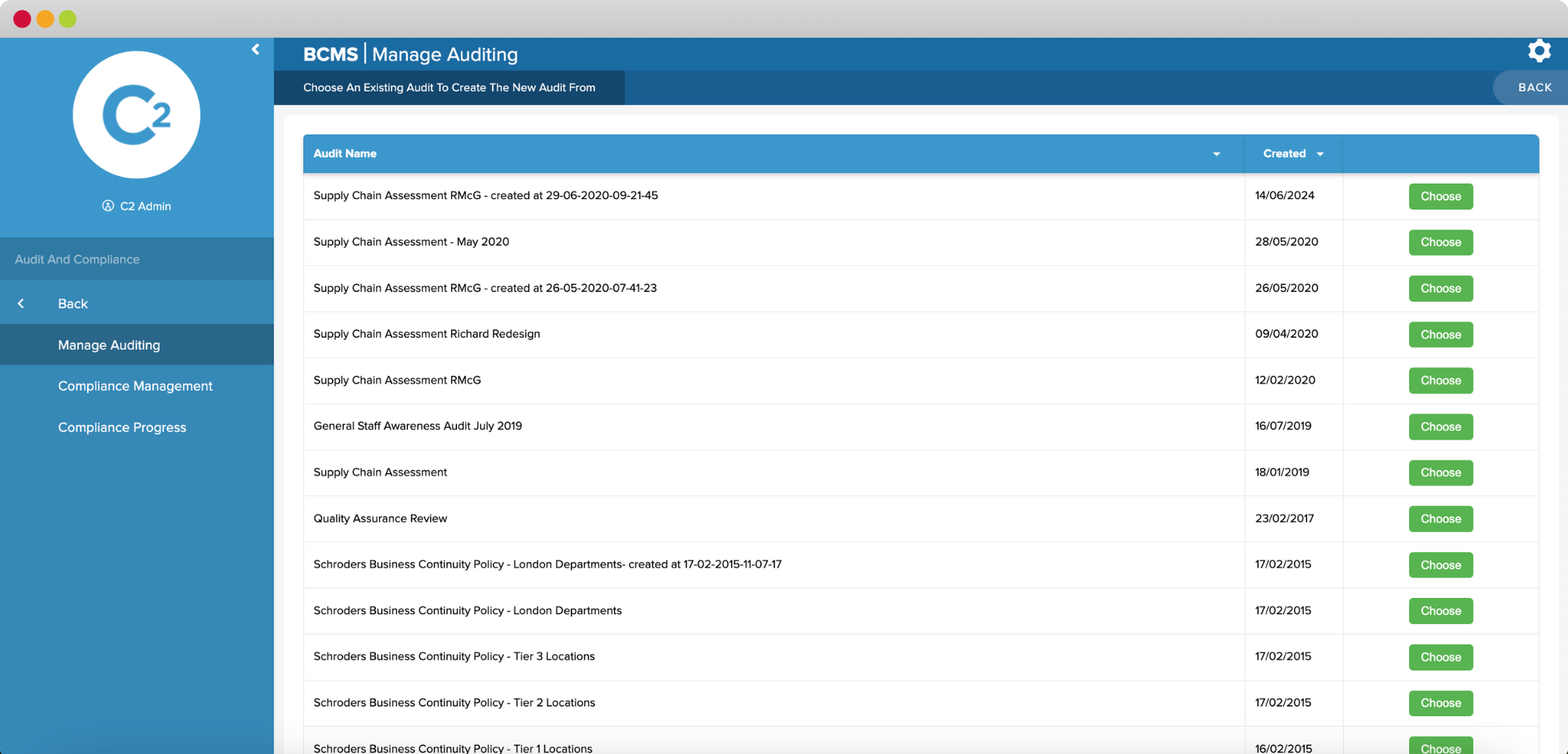
Continuity2 offers an industry-leading Threat Intelligence Platform designed for modern organisations seeking to strengthen operational resilience. Built with scalability and automation in mind, C2’s solution integrates intelligence management directly with incident response and business continuity modules, ensuring a unified approach to cyber risk and resilience.
Key Features:
Best for: Organisations seeking a unified platform for cyber resilience, operational continuity, and threat intelligence.
ThreatConnect combines threat intelligence aggregation, analysis, and orchestration in one environment. The platform’s Playbooks feature automates workflows, allowing analysts to respond faster and reduce manual tasks.
Key Features:
Best for: Mature SOC teams aiming for integrated threat intelligence and response automation.
Anomali delivers threat intelligence solutions focused on detection and response efficiency. Its ThreatStream module consolidates intelligence feeds into a single source of truth.
Key Features:
Best for: Enterprises seeking advanced threat correlation and automated detection.

Recorded Future offers deep visibility into emerging threats using machine learning and natural language processing. It delivers contextual, real-time insights to accelerate decision-making.
Key Features:
Best for: Security teams needing predictive and comprehensive threat insights.

Developed by Google Cloud, Mandiant Advantage combines threat intelligence with managed defence services. It leverages data from global incident investigations.
Key Features:
Best for: Organisations needing global-scale intelligence with expert analysis support.
EclecticIQ offers a modular TIP built for analysts requiring advanced investigation tools and open standards like STIX/TAXII.
Key Features:
Best for: Government agencies and large enterprises with strict data control needs.
IBM X-Force Exchange provides access to a vast repository of threat intelligence curated by IBM’s global research teams.
Key Features:
Best for: Enterprises seeking a community-driven, scalable intelligence network.
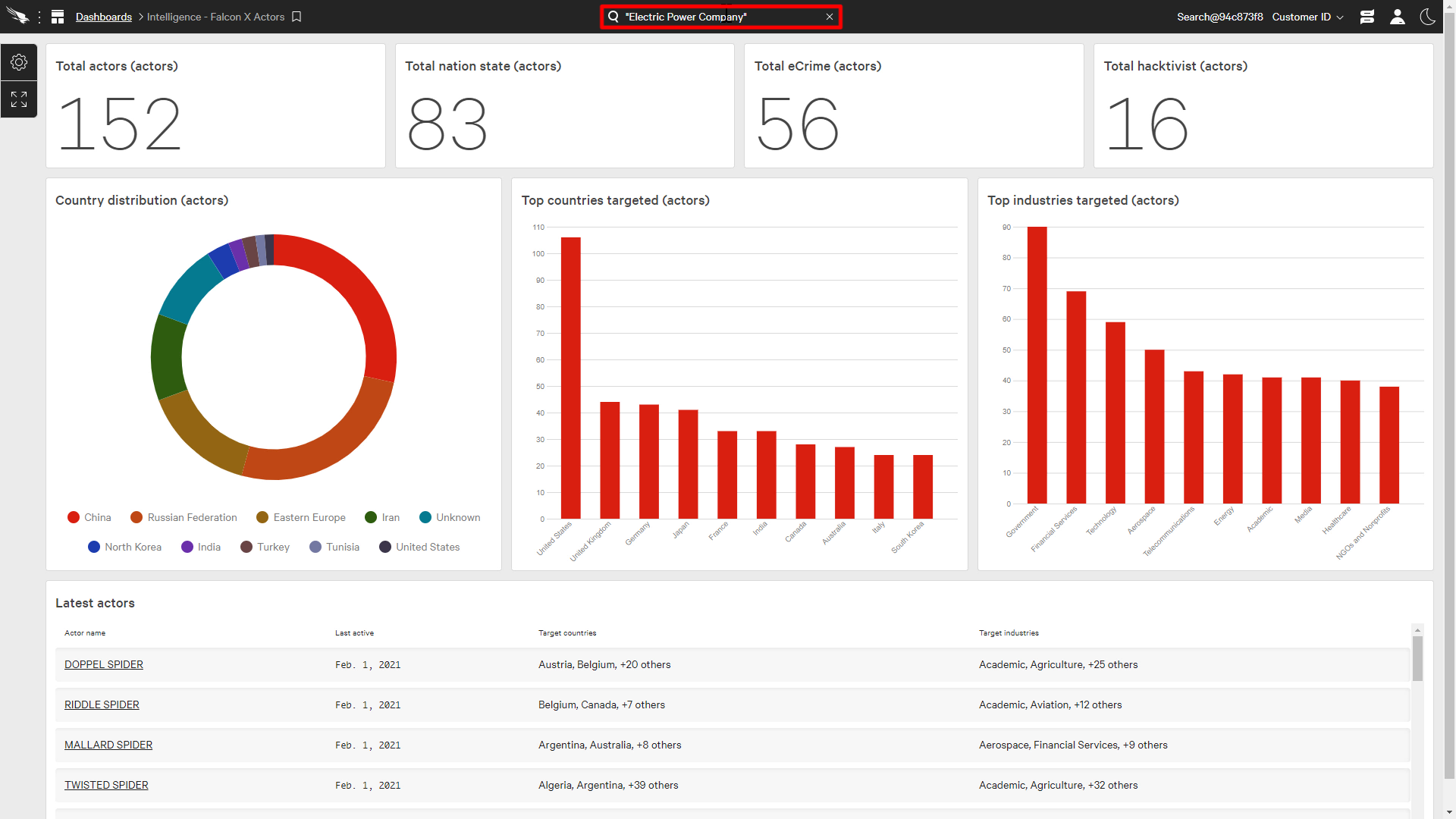
CrowdStrike’s Falcon Intelligence integrates directly with its endpoint protection suite, offering real-time threat analysis.
Key Features:
Best for: Organisations already using CrowdStrike’s Falcon platform.
AutoFocus provides contextual threat intel to enhance security decision-making. It connects with Palo Alto’s Cortex XSOAR for automated workflows.
Key Features:
Best for: Security teams using Palo Alto’s ecosystem for end-to-end protection.
Kaspersky provides access to a global network of sensors and threat data from millions of endpoints worldwide.
Key Features:
Best for: Organisations needing extensive malware and threat actor intelligence.
Threat intelligence platforms empower organisations to detect, understand, and respond to evolving cyber threats with greater speed, precision, and coordination across teams.
TIPs consolidate diverse intelligence sources, offering real-time visibility of threats targeting your industry, technology stack, or region. This helps identify and prioritise vulnerabilities before attackers exploit them.
Automated integrations between TIPs and incident response tools streamline detection, triage, and remediation workflows, reducing mean time to respond (MTTR).
Actionable insights derived from intelligence analysis support leadership in making evidence-based decisions about security investments and risk mitigation strategies.
TIPs foster cross-functional collaboration between cybersecurity, IT, and compliance teams by providing shared dashboards and unified threat data.
Automation within TIPs decreases the manual workload for analysts, allowing security teams to focus on strategic risk management and resilience initiatives.
Cyber threats will continue to evolve, but so too can your defences. Implementing a Threat Intelligence Platform equips your organisation with the foresight and agility to detect, prioritise, and respond to emerging risks effectively.
Continuity2’s integrated approach combines threat intelligence feeds with operational resilience, empowering your teams to protect not just data, but also business continuity and reputation.
Book a Demo with Continuity2 to see how our platform strengthens your cyber resilience, automates intelligence workflows, and supports a unified approach to business continuity and operational stability.
Founder & CEO at Continuity2
With over 30 years of experience as a Business Continuity and Resilience Practitioner, Richard knows the discipline like the back of his hand, and even helped standardise BS25999 and ISO 22301. Richard also specialises in the lean implementation of Business Continuity, IT Service Continuity and Security Management Systems for over 70 organisations worldwide.


Founder & CEO at Continuity2
With over 30 years of experience as a Business Continuity and Resilience Practitioner, Richard knows the discipline like the back of his hand, and even helped standardise BS25999 and ISO 22301. Richard also specialises in the lean implementation of Business Continuity, IT Service Continuity and Security Management Systems for over 70 organisations worldwide.

Compare the top 7 CEM software platforms for 2025—tools that detect threats, automate alerts, coordinate response, and keep people and operations safe.
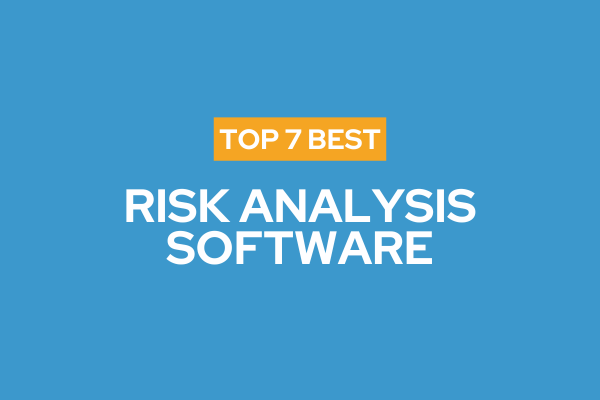
Choose the right risk analysis software to automate assessments, gain real-time insights, meet compliance, and strengthen resilience—see our top 7.
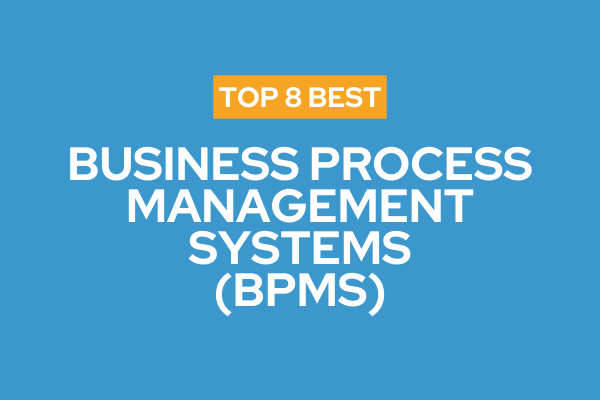
Discover essential tips for selecting the best business process management software tailored to your needs. Read the article to make informed choices.

Discover the top 8 Disaster Recovery as a Service (DRaaS) solutions—features, benefits and use cases to cut downtime, minimise data loss and meet compliance.
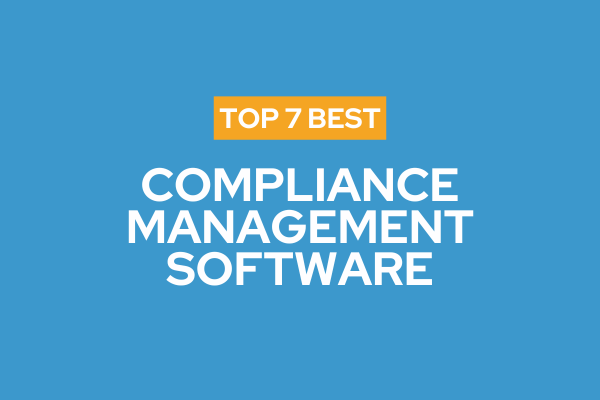
Compare the top 7 compliance management platforms. Learn key features, benefits, and use cases to automate workflows, reduce risk, and simplify audits.
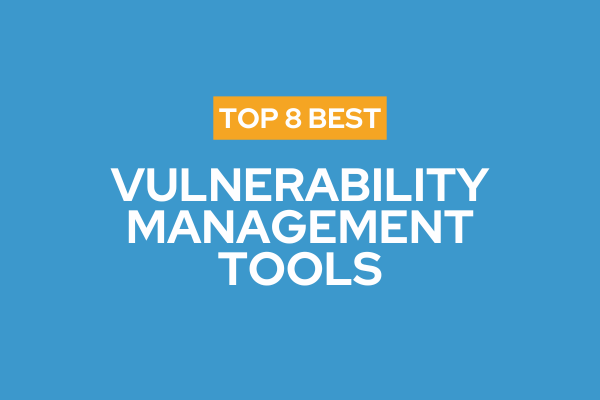
Explore the best VRM software to streamline due diligence, monitor vendors in real time, and support compliance, reporting, and business continuity.
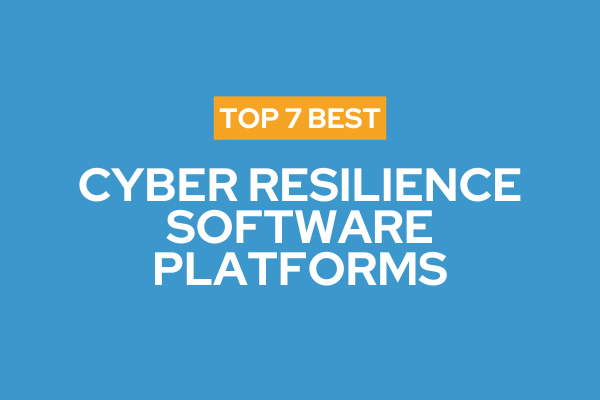
Compare the top 7 cyber resilience platforms that unite prevention, detection and recovery to cut downtime, protect data and keep operations running.
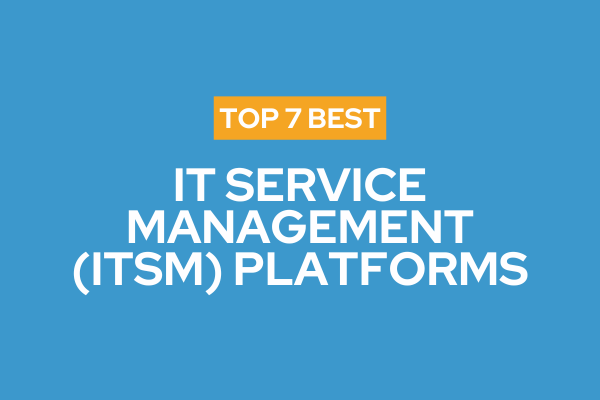
Explore the top 7 IT Service Management (ITSM) platforms that streamline IT operations, boost efficiency, ensure compliance, and drive business resilience.

Discover the top 8 dependency mapping tools for 2025—gain full visibility of systems, reduce downtime, speed incident response, and strengthen resilience.